Some injuries after a crash are obvious — others take days to appear. From whiplash and soft tissue damage to broken bones or brain injuries, the aftermath of a collision can affect your body in ways you don’t always feel right away.
Knowing what to look for — and how to respond — is key to protecting your health and building a strong case if you choose to pursue compensation.
Injuries That May Follow a Crash
Here are some of the most common types of injuries seen in car accident cases:
- Whiplash & Neck Strain
Sudden force can cause the head to snap forward and back, damaging muscles and soft tissue.
Learn more →
- Soft Tissue Damage
Sprains, strains, and bruising can affect mobility and lead to lasting pain.
Learn more →
- Neck & Back Pain
From herniated discs to pinched nerves, spinal issues may not appear until days after the crash.
Learn more →
- Fractures & Broken Bones
Collisions can easily result in broken ribs, arms, legs, or wrists — especially if airbags deploy or seat belts lock suddenly.
- Head Injuries & Concussions
Even if there’s no visible wound, the brain can be jolted during impact, leading to headaches, confusion, or cognitive issues.
- Lacerations & Bruising
Broken glass or sharp metal can cause deep cuts, while seatbelts often leave significant bruising across the chest or hips.
When to Seek Medical and Legal Help
Even if you feel fine after an accident, it’s smart to get checked by a doctor. Symptoms like pain, stiffness, dizziness, or numbness can surface hours or days later — and early documentation helps protect your health and your rights.
If your injuries were caused by another driver’s negligence, you may be entitled to compensation for medical care, lost income, and pain and suffering.
Talk to a Car Accident Attorney

